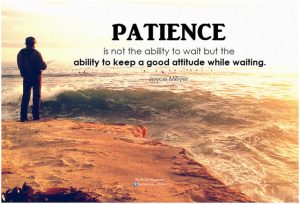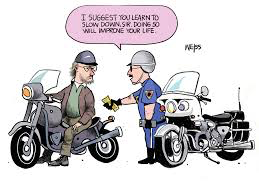For the four assignments that you choose to complete throughout the semester, you will reflect on your takeaway from each. Do not copy and paste your assignments. Think of this space as a brief way to communicate how the assignment engaged you, how it was personally relevant, and reflect on how you learned more about yourself after completion. Each assignment recap will need to contain an illustrative picture. Examples will be provided.
ATA5

We had to “pay it forward” for at least 5 times over the course of a week and I hardly changed my habits. Then again, what I consider “nice” could be considered extremely generous or irrelevant depending on where I am. I feel like this was a good assignment for people to really be aware of how they treat others.
Writing about it helps because it holds us accountable, so I think this will help other students become better people and be more kind in the future. One of the major things about showing kindness is having patience too so it taught me to be much more patient in other classes because I have to work in groups for some of them. I personally prefer working alone, so trying to be kind and accommodate other people is something I was more aware of doing because of this assignment. I’m hoping this carries over into my work environment because although I do think I am an overall kind person, I feel like I could be nicer at work.
ATA4

In this assignment I learned about my style of love and not much to my surprise, I scored higher than average for almost everything. I attributed my scores due to my past serious relationship of being married. I think I can objectively critique myself now that I have gone through that life event of marriage and divorce. This questionnaire in addition to that self-reflection allows me to better maneuver my love life in the future so I found the assignment interesting. Overall these types of questionnaires can be interesting to gauge where a person is in the moment, but I doubt I’d score the same a few years from now if I’m with someone else. My visual representation is a comic about a cop telling a man to slow down and it’ll improve his life I think this can be represented in what I want to do with my love style. If I strive to slow down and pay more attention to how I’m behaving, then I can eventually have an average live style
ATA3
Assignment 3 had the class watch the infamous Michael Richards Rant from 2006 where he openly yells out the “N-word” to a heckling crowd. We had to discuss on whether we thought those type of words could be said if it was just meant as an over reaction rather than actually coming from a place of hate. I learned that some people will use that word for many reasons, but there are consequences. I personally don’t think any person outside of the social context should be allowed to say it and still feel that way. The assignment referenced a journalist writing an article which seemed to try and excuse Richards of his actions and it never dawned on me that some people could think like this. In my opinion, it was trying to make excuses for something that is inexcusable, but under the circumstances and the history that the situation dealt with, I could understand.
My visual representation is Michael Richards on Jerry Seinfeld’s show talking about his “ordeal” and trying to make himself the victim of the situation. It took him a long time to talk about what happened and he found a way to make the interview about how horrible it was for his career. He failed to mention why it was personally wrong for him to say what he said, he just kept talking about how he messed up his career.

ATA2

Assignment 2 involved us in choosing pictures, around 6-12, that we feel represent who we are. I chose pictures of me enjoying some of my hobbies and pictures of myself and friends enjoying each other’s company. My most important pictures that I felt represented me best at this stage in my life are the ones with me and my daughter. Using these pictures we were to describe how we present perceived self-control, self-concept, and self-presentation.
I learned that I have always have had to have some kind of control over the pictures I post because of my occupations, but they were true in what I what to represent of who I am. For example, the perceived self-control in my pictures now seem to display discipline and calm while, in my 20s the pictures I may have chosen show my lack of self-control. There are pictures where I maybe partying too much or doing something that can be seen as dangerous or reckless. Now that I’m more aware of how and why I may post the pictures I post on social media, I can adjust to post a better “first impression” to people. Since the past chapters taught me about heuristics and how people can judge things so fast, I can help sway an instant opinion of myself to be more favorable. I can then use this information to improve my social media accounts, like my LinkedIn profile for example. In conclusion, my takeaway is that pictures aren’t just moments in time that I can look back on. They can explain who a person is or at the very least, who they want to show they are.
ATA1

I learned that heuristics is the scientific name we call our “gut feeling”. It’s how our brain processes information, whether it’s vital or arbitrary, in the most efficient way possible. Although it makes our decision making process faster, especially during situations that are unknowns, it can also hinder our ability to make the best decision sometimes. For example, the fear of dying in an airplane crash could cause someone to travel in vehicles more while actively avoiding airplanes. Heuristics tells them this is the most efficient way to battle that fear, but logically the brain doesn’t put together that dying from a car crash is much more likely. Knowing about heuristics is helping me more in my life now that I’m more aware of them. For example when the roads were covered in snow and I couldn’t see the lines on the road, my brain used availability heuristics to correctly follow the tire lines left by previous cars showing me the correct way to go